Leather Dyeing by Plant-Derived Colorants in the Presence of Natural Additives
Abstract
:1. Introduction
2. Materials and Methods
2.1. Materials
2.1.1. Leather Fabric
2.1.2. Colorants
2.1.3. Additives Used in the Dyeing Process
2.2. Methods
2.2.1. Dyeing Process
2.2.2. UV Irradiation of Fabrics
2.2.3. Colorimetric Measurements
2.2.4. ATR-FTIR (Attenuated Total Reflection Fourier-Transform Infrared) Spectroscopy
2.2.5. Mechanical Properties
2.2.6. XRD
3. Results
3.1. Colorimetric Measurements
3.2. ATR-FTIR Spectroscopy
3.3. Mechanical Properties
3.4. XRD
4. Discussion
5. Conclusions
Author Contributions
Funding
Institutional Review Board Statement
Informed Consent Statement
Data Availability Statement
Conflicts of Interest
References
- Bailey, A.J.; Paul, R.G. Collagen—Is Not So Simple Protein. J. Soc. Leather Technol. Chem. 1998, 82, 104–108. [Google Scholar]
- Orgel, J.P.; Miller, A.; Irving, T.C.; Fischetti, R.F.; Hammersley, A.P.; Wess, T.J. The In Situ Supermolecular Structure of Type I Collagen. Structure 2001, 9, 1061–1069. [Google Scholar] [CrossRef] [Green Version]
- Goh, K.L.; Hiller, J.; Haston, J.L.; Holmes, D.F.; Kadler, K.E.; Murdoch, A.; Meakin, J.R.; Wess, T.J. Analysis of Collagen Fibril Diameter Distribution in Connective Tissues Using Small-Angle X-ray Scattering. BBA-Gen. Subj. 2005, 1722, 183–188. [Google Scholar] [CrossRef] [PubMed]
- Omoloso, O.; Mortimer, K.; Wise, W.R.; Jraisat, L. Sustainability Research in the Leather Industry: A Critical Review of Progress and Opportunities for Future Research. J. Clean. Prod. 2021, 285, 125441. [Google Scholar] [CrossRef]
- Brudzyńska, P.; Sionkowska, A.; Grisel, M. Plant-Derived Colorants for Food, Cosmetic and Textile Industries: A Review. Materials 2021, 14, 3484. [Google Scholar] [CrossRef]
- Kanagaraj, J.K.; Panda, R.C.; Vinodh Kumar, M.V.K. Trends and Advancements in Sustainable Leather Processing: Future Directions and Challenges—A Review. J. Environ. Chem. Eng. 2020, 8, 104379. [Google Scholar] [CrossRef]
- Martins, D.; Duarte, L.; Silva, V.F.; Crispim, A.; Beghini, E.; Crispim, F. Study of Vegetable Extracts Effect on Wet-White Leather. Leather Footwear J. 2018, 18, 213–218. [Google Scholar] [CrossRef]
- Tamil Selvi, A.; Aravindhan, R.; Madhan, B.; Raghava Rao, J. Studies on The Application of Natural Dye Extract from Bixa orellana Seeds for Dyeing and Finishing of Leather. Ind. Crops Prod. 2013, 43, 84–86. [Google Scholar] [CrossRef]
- Berhanu, T.; Ratnapandian, S. Extraction and Optimization of Natural Dye from Hambo Hambo (Cassia singueana) Plant Used for Coloration of Tanned Leather Materials. Adv. Mater. Sci. Eng. 2017, 2017, 7516409. [Google Scholar] [CrossRef] [Green Version]
- Velmurugan, P.; Shim, J.; Seo, S.; Oh, B. Extraction of Natural Dye from Coreopsis tinctoria Flower Petals for Leather Dyeing—An Eco-Friendly Approach. Fibers Polym. 2016, 17, 1875–1883. [Google Scholar] [CrossRef]
- Deb, A.K.; Shaikh, M.A.; Sultan, M.Z.; Rafi, M.I.H. Application of Lac Dye in Shoe Upper Leather Dyeing. Leather Footwear J. 2017, 17, 97–106. [Google Scholar] [CrossRef]
- Song, J.E.; Kim, S.M.; Kim, H.R. Improvement of Dye Affinity in Natural Dyeing Using Terminalia chebula retzius (T. chebula) Applied to Leather. Int. J. Cloth. Sci. Technol. 2017, 29, 610–626. [Google Scholar] [CrossRef]
- Velmurugan, P.; Kim, J.I.; Kim, K.; Park, J.H.; Lee, K.J.; Chang, W.S.; Park, Y.J.; Cho, M. Extraction of Natural Colorant from Purple Sweet Potato and Dyeing of Fabrics with Silver Nanoparticles for Augmented Antibacterial Activity Against Skin Pathogens. J. Photochem. Photobiol. B Biol. 2017, 173, 571–579. [Google Scholar] [CrossRef] [PubMed]
- Velmurugan, P.; Vedhanayakisri, K.A.; Park, Y.J.; Jin, J.S.; Oh, B.T. Use of Aronia melanocarpa Fruit Dye Combined with Silver Nanoparticles to Dye Fabrics and Leather and Assessment of Its Antibacterial Potential Against Skin Bacteria. Fibers Polym. 2019, 20, 302–311. [Google Scholar] [CrossRef]
- Jing, L.; Taisheng, G.; Haiyan, X.; Yangyi, C.; Shaoqing, H.; Huafeng, Z. Study on Dyeing of Vegetable Tanned Leather with Indigo. J. Phys. Conf. Ser. 2021, 1790, 012003. [Google Scholar] [CrossRef]
- Burkinshaw, S.M.; Karim, M.F. Chitosan in Leather Production Part 1: Interaction of Chitosan with Hide Powder and Lightly Retanned Leather. J. Soc. Leather Technol. Chem. 1990, 75, 203. [Google Scholar]
- Burkinshaw, S.M.; Jarvis, A.N. The Use of Chitosan in the Dyeing of Full Chrome Leather with Reactive Dyes. Dyes Pigm. 1996, 31, 35–52. [Google Scholar] [CrossRef]
- Maity, N.C.; Kartha, K.P.; Srivastava, H.C. Modification of Shellac for Textile Applications: Synthesis and Evaluation of Shellac-Ethyleneglycol-Maleic Anhydride-Phthalic Anhydride Condensate as an Antistatic and Soil Release Finish for Polyester Fabric. Indian J. Fibre Tex. Res. 1985, 10, 63–67. [Google Scholar]
- Rosado, C.; Tokunaga, V.K.; Sauce, R.; De Oliveira, C.A.; Sarruf, F.D.; Parise-Filho, R.; Maurício, E.; De Almeida, T.S.; Velasco, M.V.R.; Baby, A.R. Another Reason for Using Caffeine in Dermocosmetics: Sunscreen Adjuvant. Front. Physiol. 2019, 10, 519. [Google Scholar] [CrossRef] [Green Version]
- Jagdeo, J.; Brody, N. Complementary Antioxidant Function of Caffeine and Green Tea Polyphenols in Normal Human Skin Fibroblasts. J. Drugs Dermatol. 2011, 10, 753–761. [Google Scholar]
- Habib, N.; Adeel, S.; Ali, F.; Amin, N.; Khan, S.R. Environmental Friendly Sustainable Application of Plant-Based Mordants for Cotton Dyeing Using Arjun Bark-Based Natural Colorant. Environ. Sci. Pollut. Res. 2021, 28, 54041–54047. [Google Scholar] [CrossRef] [PubMed]
- Adeel, S.; Rehman, F.; Zuber, M.; Batool, F.; Habib, N.; Hussaan, M.; Amin, N. Environmental Friendly Application of Ultrasonic Rays for Extraction of Natural Colorant from Harmal (P. harmala) for Dyeing of Bio-Mordanted Silk. J. Eng. Fiber Fabr. 2021, 16, 1–8. [Google Scholar] [CrossRef]
- Adeel, S.; Rehman, F.; Khosa, M.K.; Rajab, S.; Zia, K.M.; Zuber, M.; Batool, F. Eco-Friendly Isolation Of Colorant From Arjun Bark For Dyeing Of Bio-Mordanted Cotton Fabric. J. Nat. Fibers. 2021, 1–12. [Google Scholar] [CrossRef]
- Adeel, S.; Kiran, S.; Yousaf, M.S. Eco-Friendly Isolation of Tannin Based Natural Colorant from Coconut Coir (Cocos nucifera) for Dyeing of Bio-Mordanted Wool Fabric. Glob. Nest. J. 2020, 23, 65–72. [Google Scholar] [CrossRef]
- Yusuf, M.; Shabbir, M.; Mohammad, F. Natural Colorants: Historical, Processing and Sustainable Prospects. Nat. Prod. Bioprospect. 2017, 7, 123–145. [Google Scholar] [CrossRef] [Green Version]
- Sionkowska, A.; Wisniewski, M.; Skopinska, J.; Kennedy, C.J.; Wess, T.J. Molecular Interactions in Collagen and Chitosan Blends. Biomaterials 2004, 25, 795–801. [Google Scholar] [CrossRef]
- Maxwell, C.A.; Śmiechowski, K.; Żarłok, J.; Sionkowska, A.; Wess, T.J. X-ray Studies for a Collagen Material for Leather Production treated with chromium salt. J. Am. Leather Chem. 2006, 101, 9–17. [Google Scholar]
- Yang, C.; Dan, N.; You, W.; Huang, Y.; Chen, Y.; Yu, G.; Dan, W.; Wen, H. Modification of Collagen-Chitosan Membrane by Oxidation Sodium Alginate and In Vivo/ In Vitro Evaluation for Wound Dressing Application. Int. J. Polym. Anal. Charact. 2019, 24, 619–629. [Google Scholar] [CrossRef]
- Socrates, R.; Prymak, O.; Loza, K.; Sakthivel, N.; Rajaram, A.; Epple, M.; Kalkura, S.N. Biomimetic Fabrication of Mineralized Composite Films of Nanosilver Loaded Native Fibrillar Collagen and Chitosan. Mater. Sci. Eng. C 2019, 99, 357–366. [Google Scholar] [CrossRef]
- Yuan, L.; Yao, Q.; Liang, Y.; Dan, Y.; Wang, Y.; Wen, H.; Yang, Y.; Dan, W. Chitosan Based Antibacterial Composite Materials for Leather Industry: A Review. J. Leather Sci. Eng. 2021, 3, 12. [Google Scholar] [CrossRef]
- Tang, H.R.; Covington, A.D.; Hancock, R.A. Use of DSC to Detect the Heterogeneity of Hydrothermal Stability in the Polyphenol-Treated Collagen Matrix. J. Agric. Food Chem. 2003, 51, 6652–6656. [Google Scholar] [CrossRef] [PubMed]
- Raghava Rao, J.; Prakash, A.; Thangaraj, E.; Sreeram, K.J.; Saravanabhavan, S.; Nair, B.U. Natural Dyeing of Leather Using Natural Materials. J. Am. Leather Chem. 2013, 103, 68–75. [Google Scholar]
- Nalyanya, K.M.; Rop, R.K.; Onyuka, A.S.; Birech, Z. A Review of Natural Plants as Sources of Substances for Cleaner Leather Tanning Technologies. Text. Leather Rev. 2021, 4, 137–148. [Google Scholar] [CrossRef]
- Fuck, W.F.; Brandelli, A.; Gutterres, M. Special Review Paper: Leather Dyeing with Biodyes from Filamentous Fungi. J. Am. Leather Chem. Assoc. 2018, 113, 299–310. [Google Scholar]
- Eitel, K.; Rau, E.; Westphal, J. Review of Progress in The Coloration of Leather. Rev. Prog. Color. Relat. Top. 1984, 14, 119–126. [Google Scholar] [CrossRef]
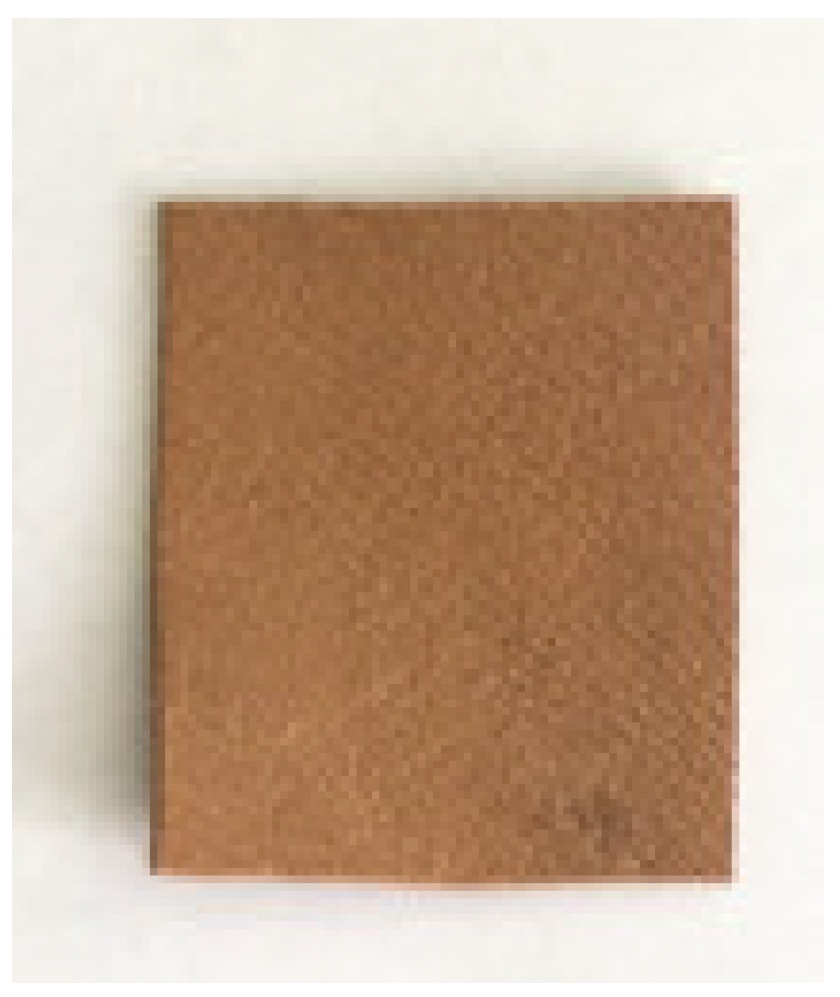
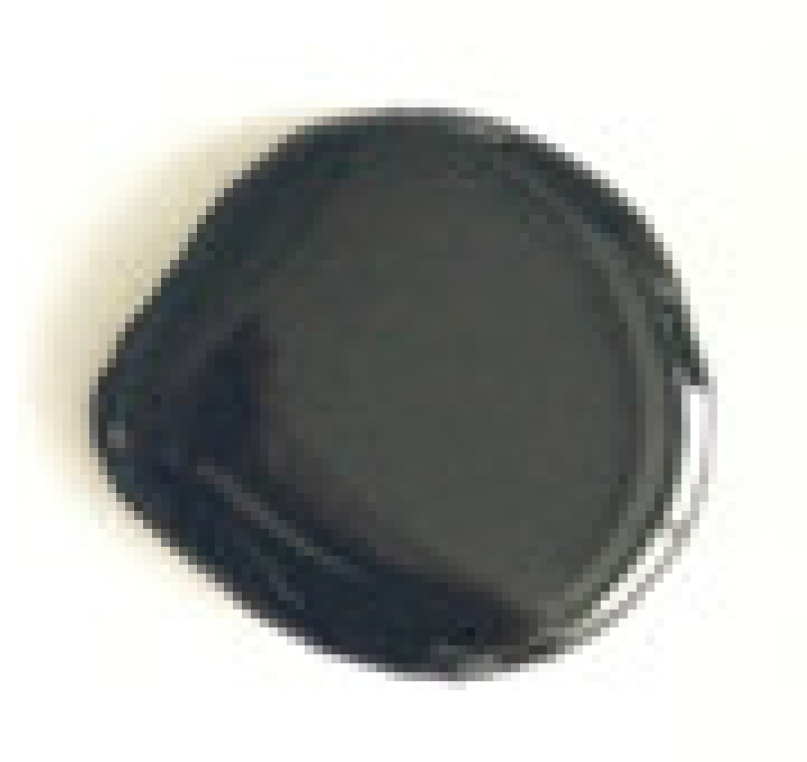
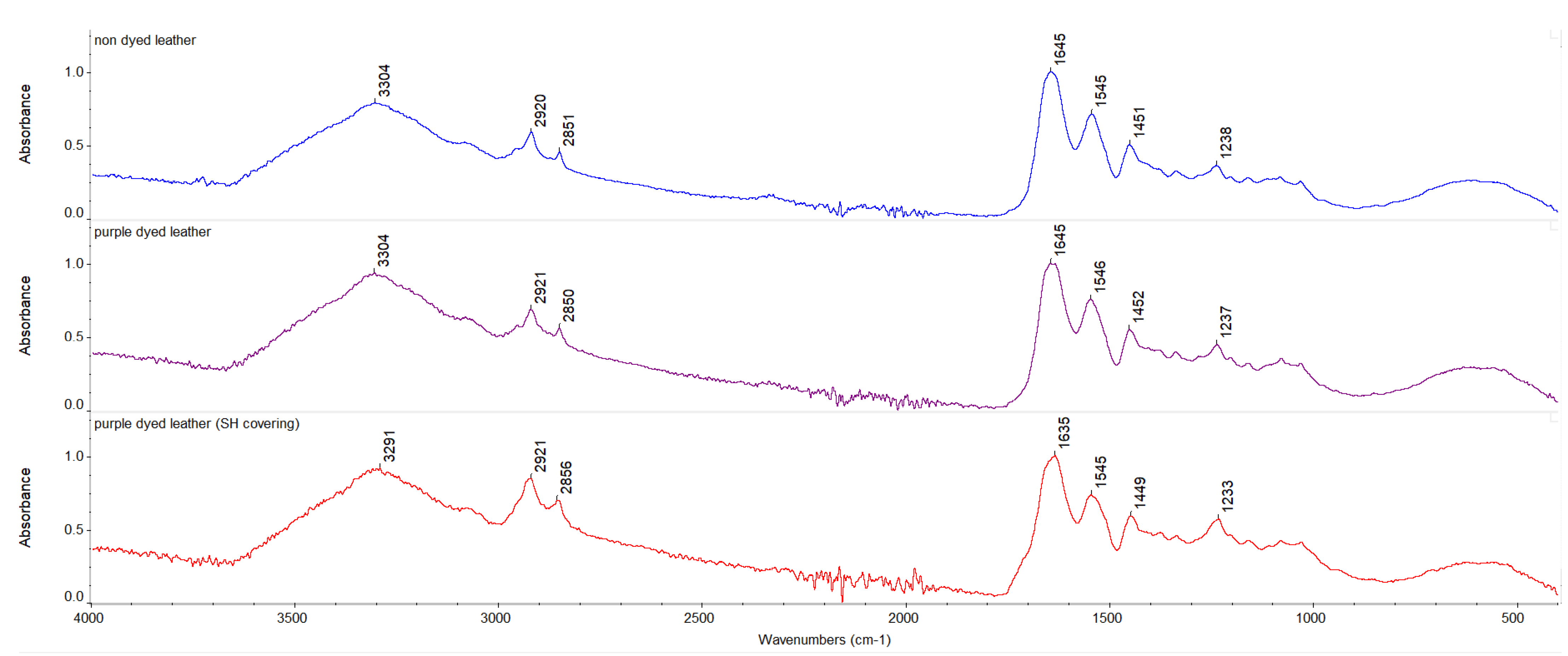
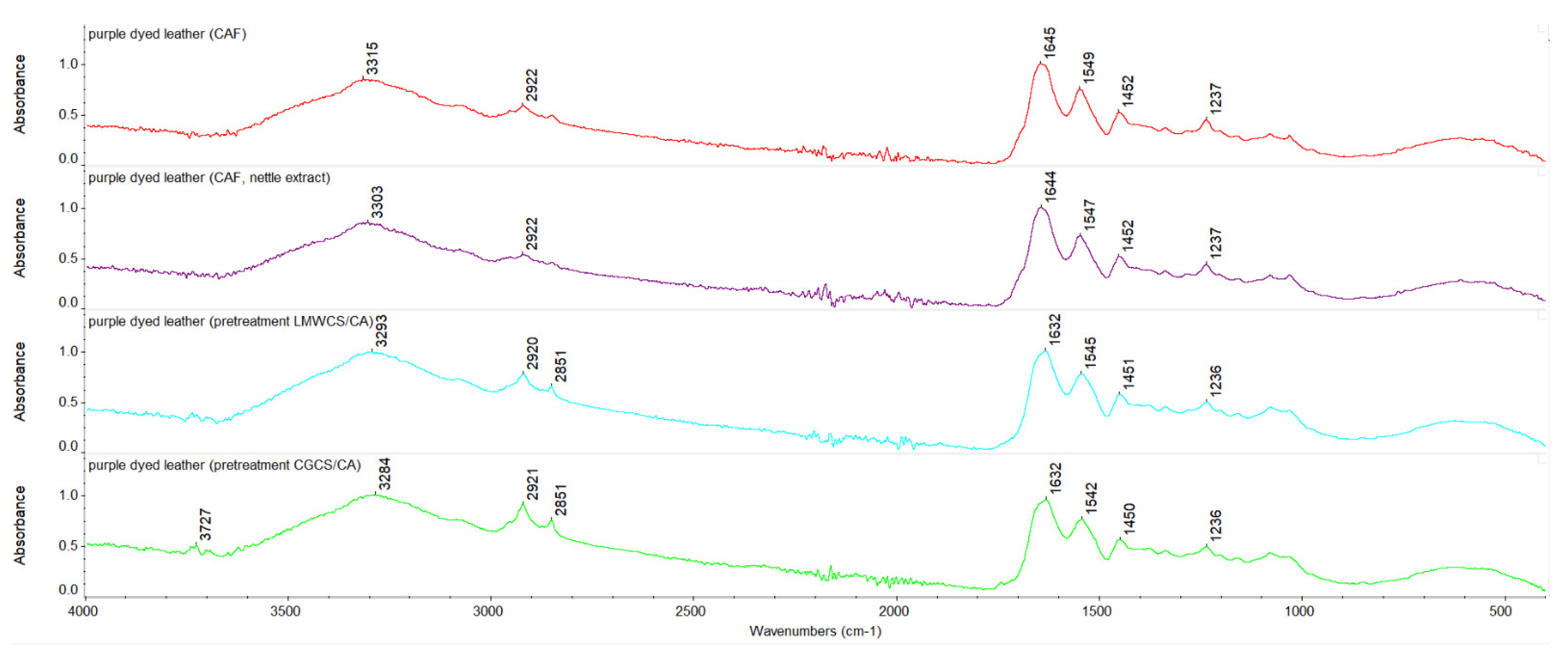

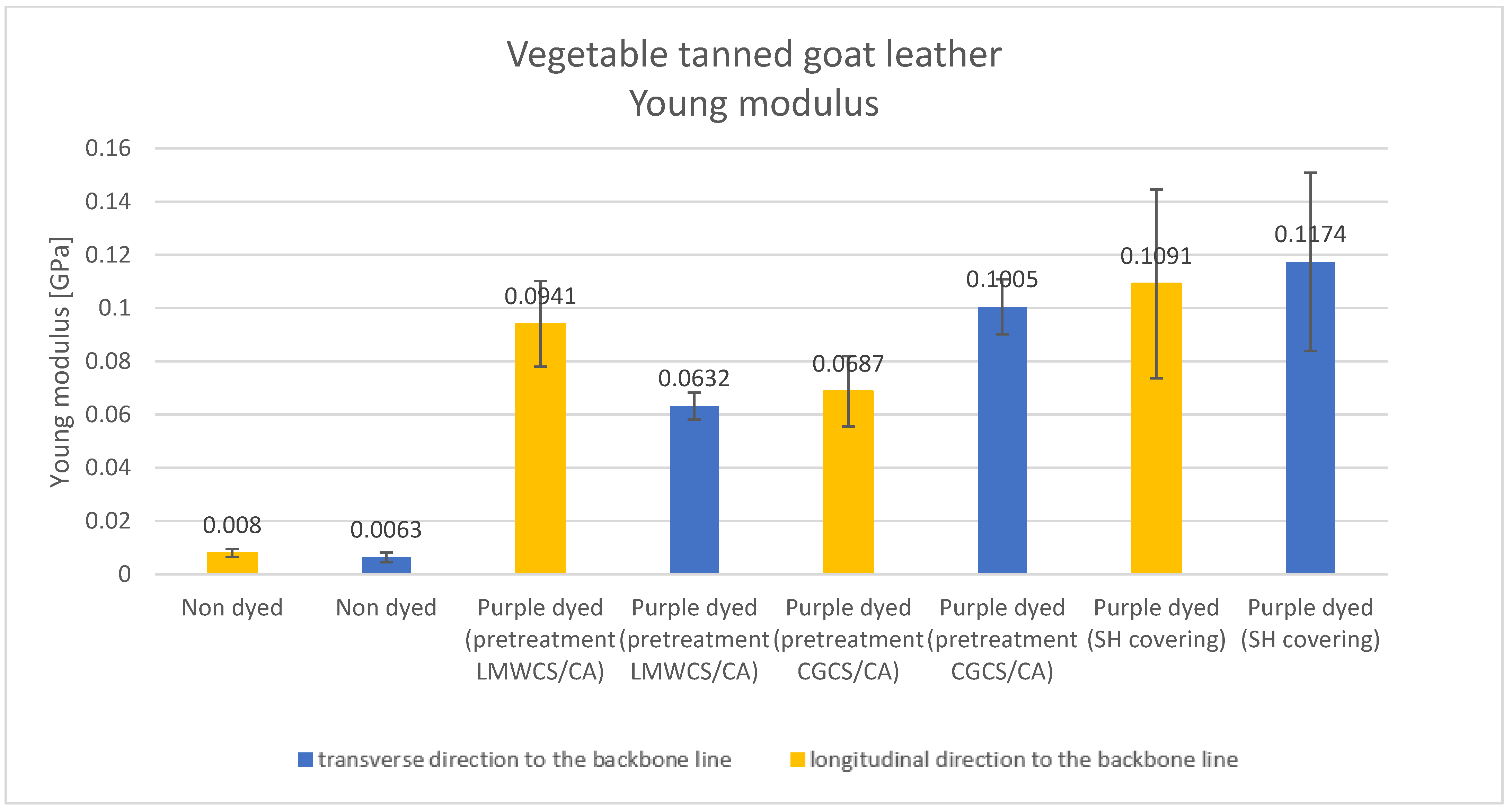
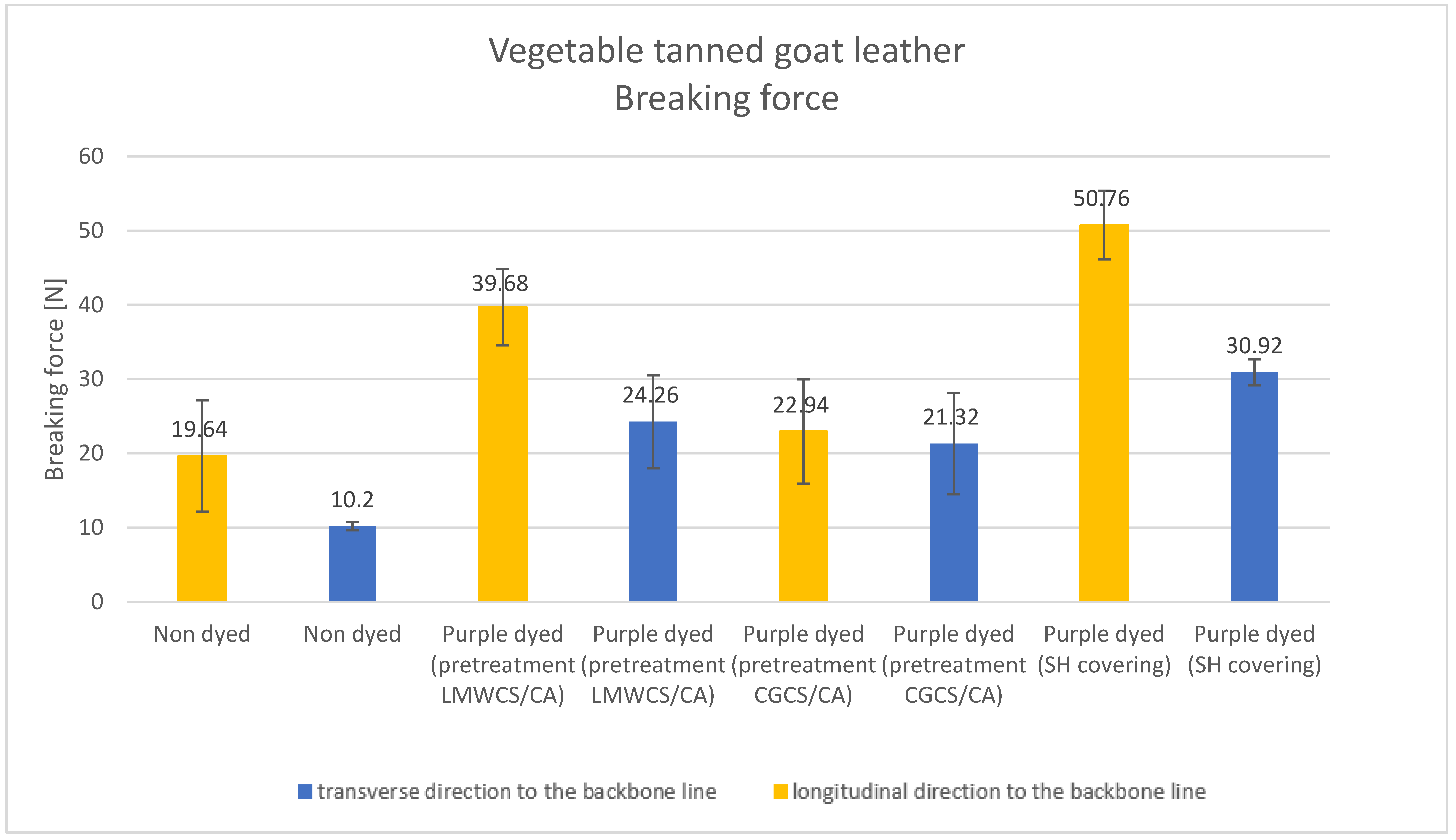
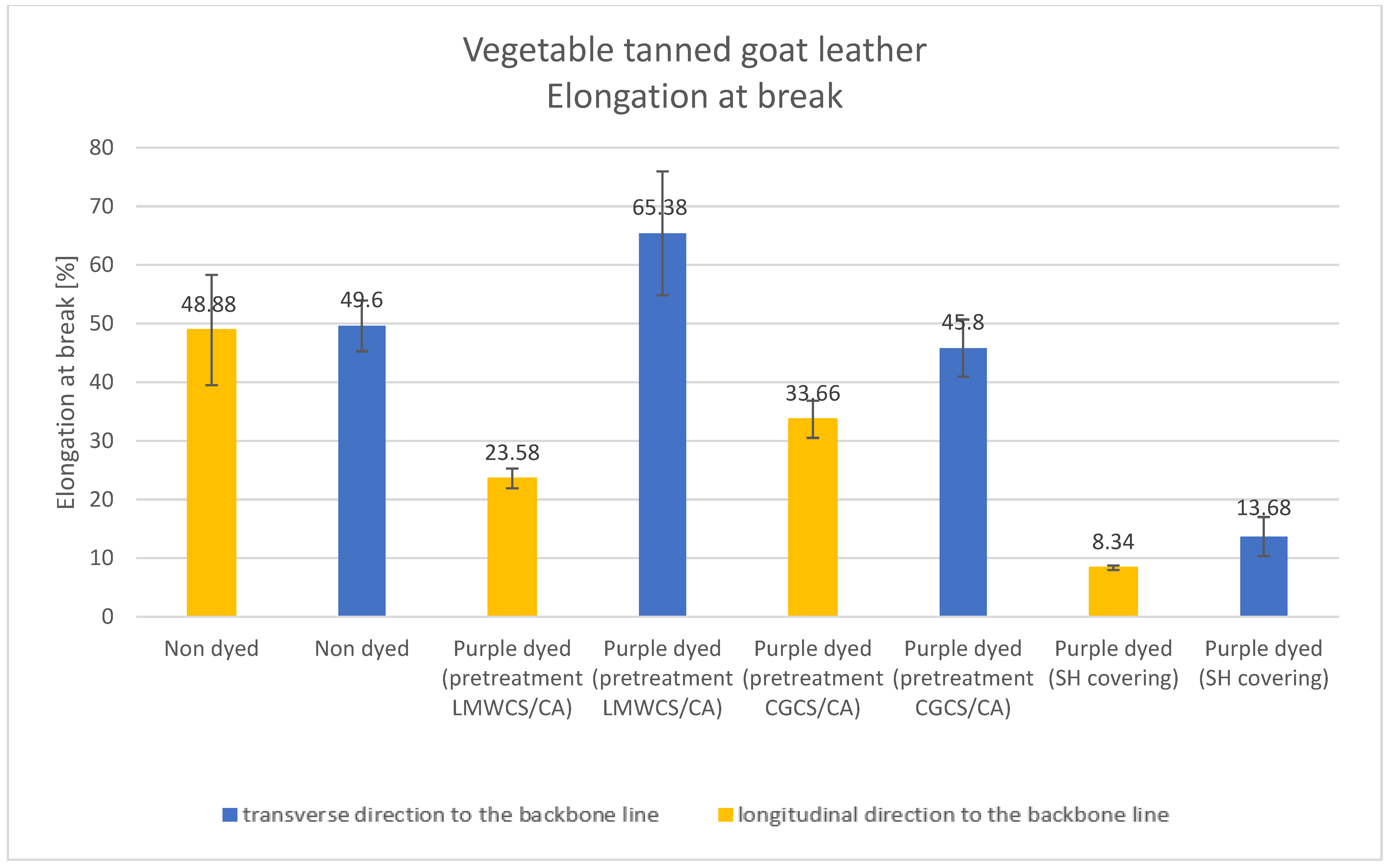
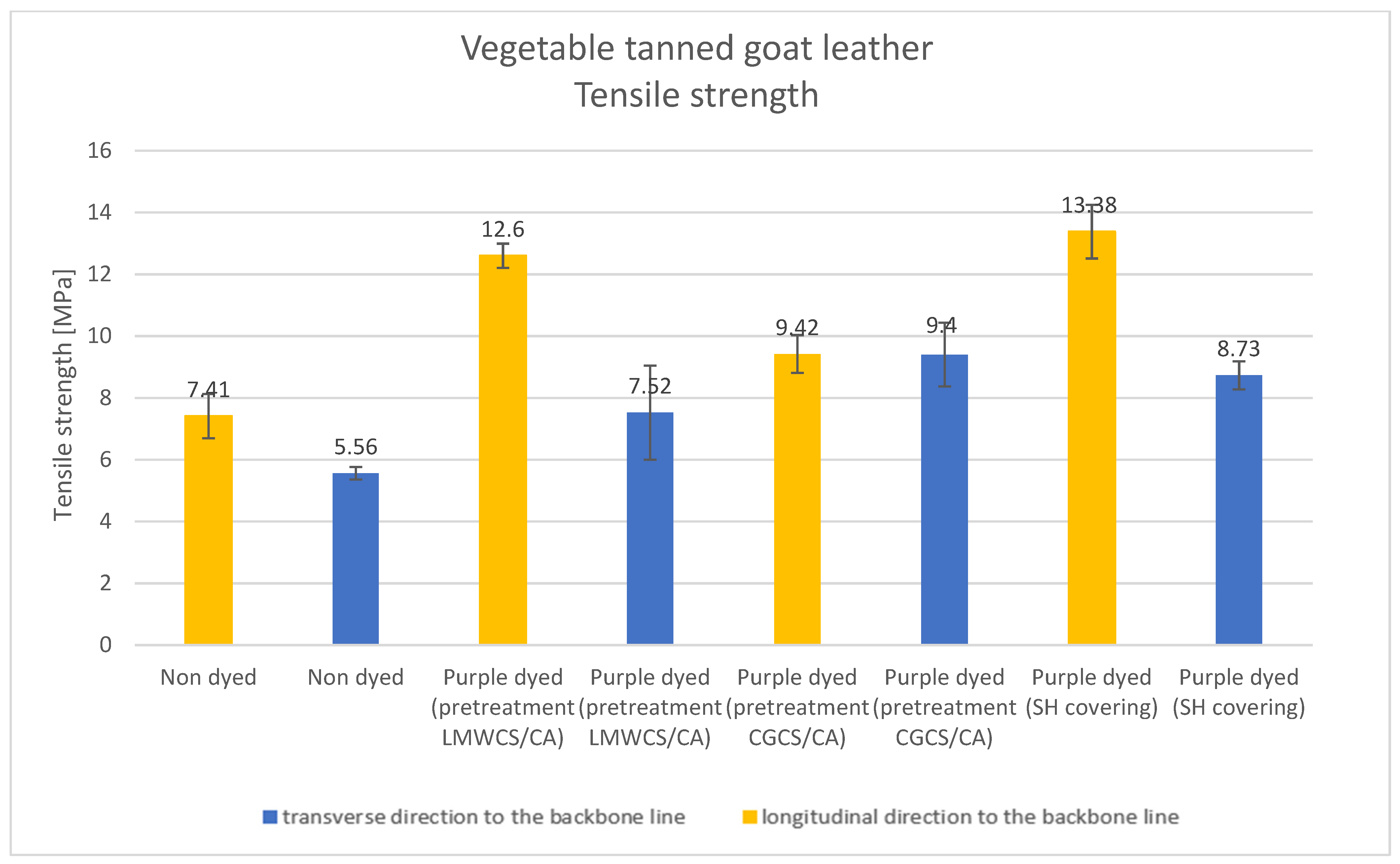

| Type of fabric | Vegetable tanned goat leather | |||||
| Liquor ratio | 1:25 | |||||
| Type of dyeing process | Cold-dyeing | |||||
| Color of dye | Purple | |||||
| Dye concentration (%) | 5 | |||||
| pH of dyebath | 3.30 | 3.30 | 3.33 | 3.27 | 3.30 | 3.20 |
| Pretreatment before dyeing | no | no | no | no | LMWCS/CA | CGCS/CA |
| Additives in dyeing process | no | SH covering | CAF | CAF/nettle extract | no | no |
| Undyed vegetable tanned goat leather | |||||
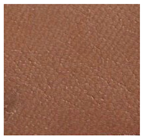 | |||||
| Dyed vegetable tanned goat leather | |||||
 | 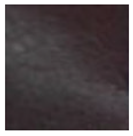 |  |  | 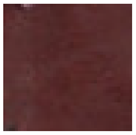 | 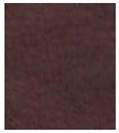 |
| Purple colorant (5%) | Purple colorant (5%)/SH covering | Purple colorant (5%)/CAF addition | Purple colorant (5%)/CAF and nettle extract addition | Purple colorant (5%)/LMWCS pretreatment | Purple colorant (5%)/CGCS pretreatment |
| Undyed vegetable tanned goat leather | |||||
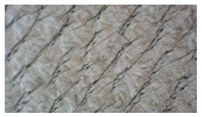 | |||||
| Dyed vegetable tanned goat leather | |||||
 | 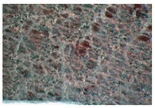 | 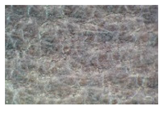 | 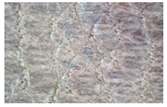 |  | 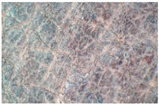 |
| Purple colorant (5%) | Purple colorant (5%)/SH covering | Purple colorant (5%)/CAF addition | Purple colorant (5%)/CAF and nettle extract addition | Purple colorant (5%)/LMWCS pretreatment | Purple colorant (5%)/CGCS pretreatment |
| Type of fabric | Vegetable tanned goat leather | ||||||
| Color of dye | Non dyed | Purple | |||||
| Dye concentration (%) | - | 5 | |||||
| Pretreatment before dyeing | - | no | no | no | LMWCS/CA | CGCS/CA | |
| Additives in dyeing process | - | no | CAF | CAF/nettle extract | no | no | |
| pH of dyebath | - | 3.30 | 3.33 | 3.27 | 3.30 | 3.20 | |
| SH covering | - | No | Yes | No | No | No | No |
| Values of parameter L | 48.76 | 36.45 | 29.31 | 31.29 | 34.57 | 34.93 | 28.59 |
| Values of parameter a | 10.98 | 8.91 | 0.78 | 6.33 | 9.63 | 7.72 | 5.62 |
| Values of parameter b | 23.72 | 13.24 | 7.16 | 11.95 | 15.51 | 10.98 | 12.04 |
| ΔE after dyeing | - | 16.30 | 27.51 | 21.57 | 16.45 | 19.08 | 23.92 |
| Type of fabric | Vegetable tanned goat leather | ||||||
| Color of dye | Non dyed | Purple | |||||
| Dye concentration (%) | - | 5 | |||||
| Pretreatment before dyeing | - | no | no | no | LMWCS/CA | CGCS/CA | |
| Additives in dyeing process | - | no | CAF | CAF/nettle extract | no | no | |
| pH of dyebath | - | 3.30 | 3.33 | 3.27 | 3.30 | 3.20 | |
| SH covering | - | No | Yes | No | No | No | No |
| ΔE (after 0.5 h of irradiation) | 0.50 | 1.17 | 0.67 | 0.96 | 1.64 | 1.22 | 4.26 |
| ΔE (after 2 h of irradiation) | 0.75 | 2.21 | 0.30 | 1.91 | 2.12 | 1.91 | 2.64 |
| ΔE (after 4 h of irradiation) | 1.35 | 3.36 | 0.78 | 5.27 | 3.30 | 2.51 | 2.87 |
| Sample | Time of UVC Radiation | Characteristic Bands (cm−1) | ||||||||
|---|---|---|---|---|---|---|---|---|---|---|
| Amide A (N–H Stretching) | C–H Stretching | Amide I (C=O Stretching) | Amide II (C–N Stretching, N–H Bending) | CH2 Bending of Proline | CH2 Stretching, C–H Bending | Amide III (C–N Stretching, N–H Bending) | C–OH Stretching | C–O, C–O–C Stretching | ||
| Undyed leather | 0 h | 3304 | 2920/2851 | 1645 | 1545 | 1451 | 1338 | 1238 | 1161 | 1082 |
| 0.5 h | 3298 | 2918/2850 | 1650 | 1545 | 1453 | 1337 | 1238 | 1163 | 1083 | |
| 2 h | 3304 | 2920/2851 | 1646 | 1542 | 1452 | 1338 | 1237 | 1162 | 1082 | |
| 4 h | 3308 | 2922/2851 | 1647 | 1544 | 1452 | 1338 | 1237 | 1162 | 1084 | |
| Purple-dyed leather | 0 h | 3304 | 2921/2850 | 1645 | 1546 | 1452 | 1338 | 1237 | 1162 | 1080/1032 |
| 0.5 h | 3293 | 2922/2851 | 1640 | 1547 | 1451 | 1338 | 1236 | 1162 | 1081/1032 | |
| 2 h | 3304 | 2921/2852 | 1645 | 1548 | 1451 | 1337 | 1237 | 1162 | 1081/1033 | |
| 4 h | 3299 | 2922/2852 | 1645 | 1545 | 1450 | 1337 | 1236 | 1162 | 1080/1032 | |
| Purple-dyed leather (SH covering) | 0 h | 3291 | 2921/2856 | 1634 | 1545 | 1449 | 1336 | 1233 | 1161 | 1080/1031 |
| 0.5 h | 3305 | 2924/2854 | 1632 | 1542 | 1447 | 1337 | 1234 | 1162 | 1075/1039 | |
| 2 h | 3310 | 2923/2853 | 1634 | 1542 | 1450 | 1339 | 1234 | 1162 | 1079/1040 | |
| 4 h | 3306 | 2924/2851 | 1639 | 1542 | 1448 | 1338 | 1234 | 1163 | 1077/1033 | |
| Purple-dyed leather (CAF) | 0 h | 3315 | 2922/2849 | 1645 | 1549 | 1452 | 1338 | 1237 | 1163 | 1079/1032 |
| 0.5 h | 3294 | 2921/2850 | 1644 | 1548 | 1450 | 1337 | 1237 | 1163 | 1080/1031 | |
| 2 h | 3308 | 2921/2852 | 1645 | 1549 | 1449 | 1337 | 1237 | 1163 | 1080/1031 | |
| 4 h | 3307 | 2922/2853 | 1645 | 1548 | 1450 | 1337 | 1238 | 1163 | 1081/1030 | |
| Purple-dyed leather (CAF, nettle extract) | 0 h | 3303 | 2922/2850 | 1644 | 1547 | 1452 | 1339 | 1237 | 1163 | 1079/1031 |
| 0.5 h | 3299 | 2918/2849 | 1639 | 1546 | 1451 | 1335 | 1236 | 1163 | 1080/1031 | |
| 2 h | 3288 | 2920/2853 | 1644 | 1549 | 1450 | 1336 | 1236 | 1162 | 1079/1030 | |
| 4 h | 3297 | 2924/2853 | 1645 | 1550 | 1450 | 1337 | 1237 | 1161 | 1080/1031 | |
| Purple-dyed leather (pre-treatment LMWCS/CA) | 0 h | 3293 | 2920/2851 | 1632 | 1545 | 1451 | 1337 | 1236 | 1160 | 1079 |
| 0.5 h | 3281 | 2918/2850 | 1632 | 1545 | 1449 | 1336 | 1234 | 1157 | 1078 | |
| 2 h | 3287 | 2919/2851 | 1634 | 1542 | 1448 | 1337 | 1235 | 1161 | 1079 | |
| 4 h | 3291 | 2923/2852 | 1634 | 1545 | 1447 | 1338 | 1236 | 1161 | 1078 | |
| Purple-dyed leather (pre-treatment CGCS/CA) | 0 h | 3284 | 2921/2851 | 1632 | 1542 | 1450 | 1338 | 1236 | 1160 | 1080 |
| 0.5 h | 3277 | 2917/2850 | 1631 | 1545 | 1450 | 1337 | 1234 | 1161 | 1079 | |
| 2 h | 3288 | 2929/2851 | 1633 | 1542 | 1448 | 1337 | 1236 | 1159 | 1079 | |
| 4 h | 3289 | 2923/2853 | 1630 | 1543 | 1448 | 1338 | 1235 | 1159 | 1078 | |
Publisher’s Note: MDPI stays neutral with regard to jurisdictional claims in published maps and institutional affiliations. |
© 2022 by the authors. Licensee MDPI, Basel, Switzerland. This article is an open access article distributed under the terms and conditions of the Creative Commons Attribution (CC BY) license (https://creativecommons.org/licenses/by/4.0/).
Share and Cite
Brudzyńska, P.; Sionkowska, A.; Grisel, M. Leather Dyeing by Plant-Derived Colorants in the Presence of Natural Additives. Materials 2022, 15, 3326. https://doi.org/10.3390/ma15093326
Brudzyńska P, Sionkowska A, Grisel M. Leather Dyeing by Plant-Derived Colorants in the Presence of Natural Additives. Materials. 2022; 15(9):3326. https://doi.org/10.3390/ma15093326
Chicago/Turabian StyleBrudzyńska, Patrycja, Alina Sionkowska, and Michel Grisel. 2022. "Leather Dyeing by Plant-Derived Colorants in the Presence of Natural Additives" Materials 15, no. 9: 3326. https://doi.org/10.3390/ma15093326






